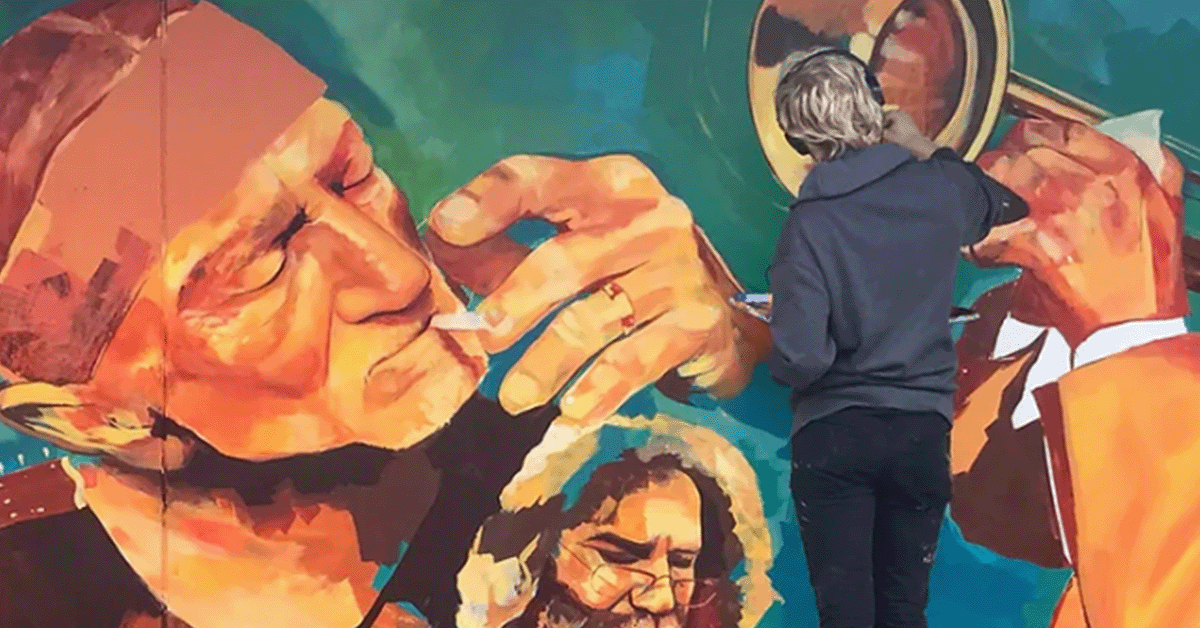
For centuries, various artists and creative minds have turned to herbs as a source of inspiration and a catalyst for their work. The connection between the herb and creativity is a widely debated topic, with both anecdotal evidence and scientific research supporting the idea that the herb can enhance the creative process. In this post, we’ll delve into the fascinating relationship between herbal botanicals and artistic expression, exploring the potential mechanisms behind this connection and the role of the herb in the creative world.
The link between herbs and creativity is often attributed to the plant’s psychoactive properties. This is known to interact with the brain’s endocannabinoid system, which plays a role in regulating mood, cognition, and perception. Some researchers suggest that the interaction between THC and the endocannabinoid system can lead to an altered state of consciousness that promotes divergent thinking, a cognitive process that fosters creative problem-solving and novel idea generation.
A study conducted by Morgan et al. (2010) found that herb users exhibited greater creativity, as measured by verbal fluency, when compared to non-users (2). However, it’s important to note that the relationship between herbs and creativity may vary depending on individual factors, such as a person’s tolerance, dosage, and the specific strain consumed.
As discussed in our previous blog post, terpenes are the aromatic compounds responsible for the unique flavors and scents of herbal strains. Some terpenes, such as limonene and pinene, have been suggested to enhance cognitive function and promote alertness, which may contribute to the creative process. By selecting strains with specific terpene profiles, users may be able to tailor their experience and enhance their creative abilities.
Throughout history, numerous artists and creative individuals have openly expressed their appreciation for the herb and its influence on their work. From the literary works of Charles Baudelaire and Allen Ginsberg to the music of Bob Marley and Snoop Dogg, botanicals have played a significant role in various artistic movements and cultural expressions. Contemporary artists continue to incorporate herbal themes into their work, exploring the plant’s symbolism, social impact, and potential for self-expression.
The connection between the herb and creativity is a fascinating and complex relationship that warrants further exploration. While individual experiences may vary, there’s no denying that herbal botanicals have played a significant role in inspiring artistic expression and fostering creativity in various forms. As the cultural and scientific understanding of herbs continues to evolve, so too will our appreciation for the plant’s multifaceted impact on the creative world.
This blog is for informational purposes only and does not represent the views of Rite Innovations. The insights shared are anecdotal and not universally applicable. The FDA has not evaluated the statements about herbal products, and we recommend consulting with a physician before consuming them. These products are not intended to diagnose, treat, cure, or prevent diseases. Support for claims made on this website is available upon request. This article is not intended as legal advice.
Sign up for our newsletter to get the latest from the Rite Innovations team.